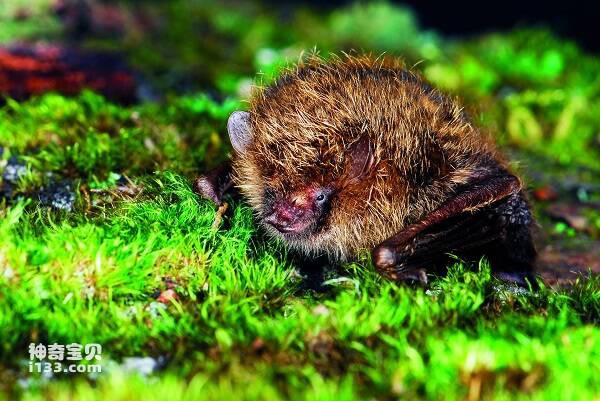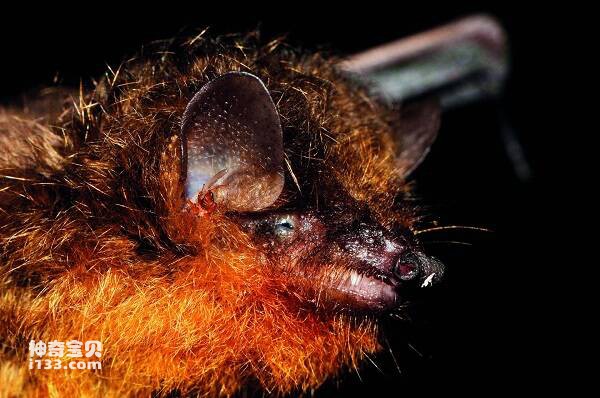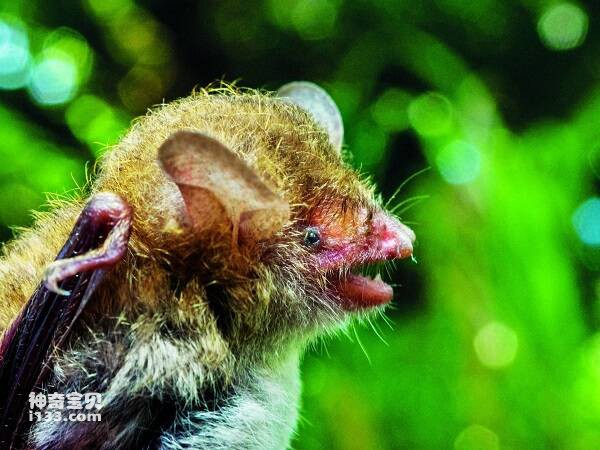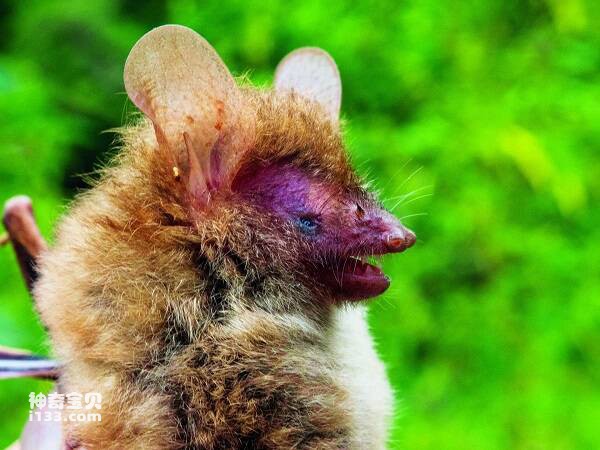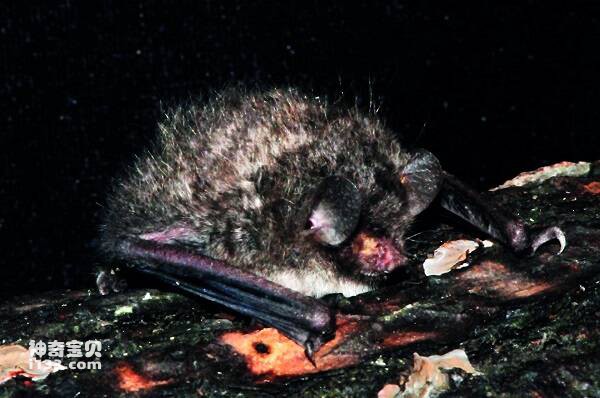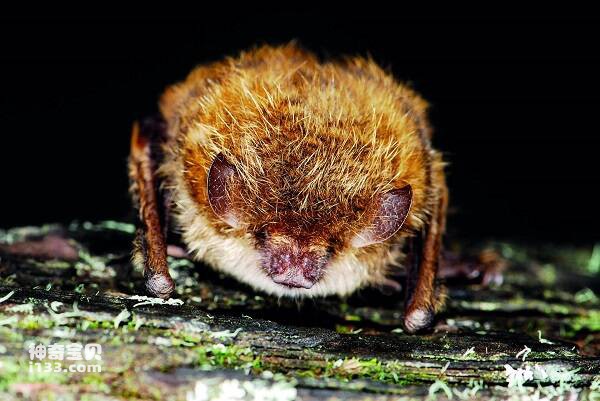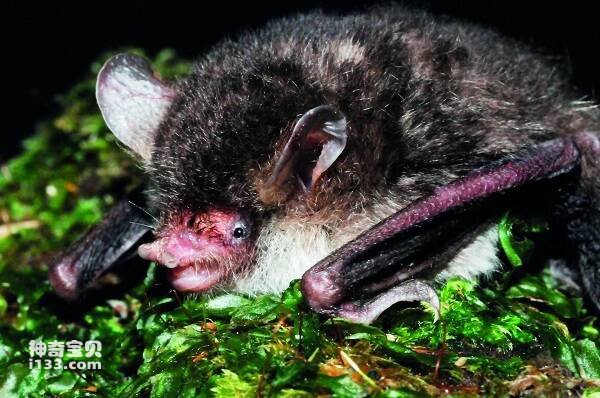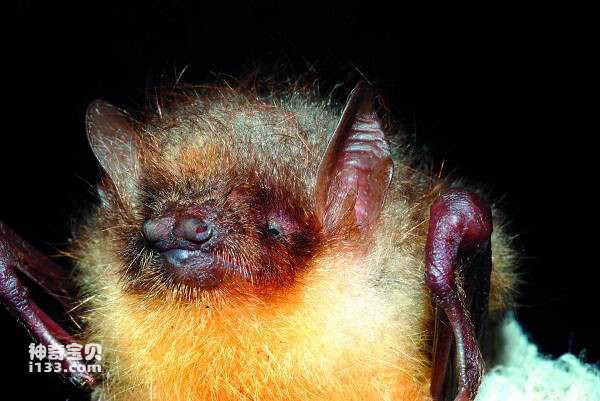Rhinolophus rex
IUCN
LCBasic Information
Scientific classification
- name:Rhinolophus rex
- Scientific Name:Rhinolophus rex
- Outline:Chiroptera
- Family:Pterodactyla Chrysopteridae Chrysopterus
Vital signs
- length:48-58mm
- Weight:9-13.5g
- lifetime:
Feature
The nose leaves are peculiar, with a total length of 14 mm.
Distribution and Habitat
It is endemic to China. It is only distributed in Sichuan, Guizhou, Chongqing, Yunnan, Hunan, Guangxi and Guangdong provinces.
Rhinolophus guichouensis lives in caves, and it is also seen sharing a cave with macrohoofed bats, lesser Rhinolophus and Chinese Rhinolophus.
Appearance
The ears are huge relative to their body size. Forearm length 54-58mm. Weight 14g. The saddle-shaped leaves and horseshoe leaves in the nose are unusually broad, and the tip of the saddle-shaped leaves is broad, both sides are concave, and the base is cup-shaped. The jointed leaves start from the base of the saddle-shaped leaves and are low and curved, while the parietal leaves are narrow and triangular. The developed antitragus is half the length of the ear. The body hair is long, the back hair is 15mm, brown, and the ventral hair is light in color.
Details
A female bat, Rhinolophus rex, was caught 100m away from the entrance of Kunebian Cave on Kunebian Mountain in Shijiaba Town, Xingshan County, Hubei Province, at 10 am on December 11, 2007, during a survey of biodiversity in caves between Yichang and Badong sections of the Shanghai to Chengdu Expressway. This bat is endemic to China (Luo Rong,1993) and was first discovered in Hubei Province. It is easily distinguished from other Rhinolophus rhinolophus by its large auricle, but is very similar to the Rhinolophus schnitzleri and R. paradoxolophus.
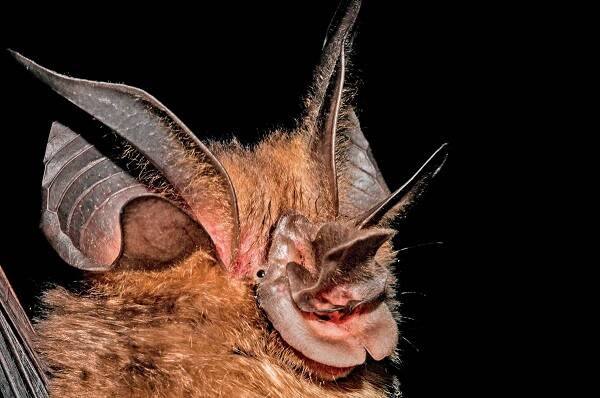
Location: Kunebian Cave, Kunebian Mountain, Shijiaba Town, Xingshan County, Hubei Province, 1090 m above sea level, l 10. 49 '33.7 "E, 31. lO732.3 "N. Kuneyi Mountain is a karst landform with a width of 5 m, a height of 6-7 m, a temperature of 13℃ and a relative humidity of 90%. Hang upside down on the roof of the cave before capture, and make two "squeaks" when the trap falls to the ground. This is different from Luo Rong (2001) 's report that Chrysanthemum bats in Guizhou hang upside down on the roof of the cave in summer, and most of the individuals that stay in the cave in winter are single lying on the rock wall of the rock crack for shelter from wind, and most of the habitats are close to the bottom of the cave (Li Daohong et al., 2001). Two other animals caught in the cave were Rhinolophus brevipterus.
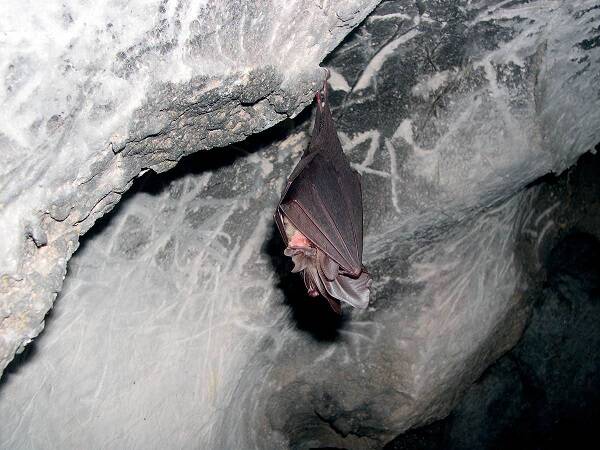
It is endemic to China. It is distributed in Yunnan, Guizhou, Chongqing, Hubei, Guangxi and Guangdong. Guizhou is found in Xishui, Anlong and Qingzhen (Luo Rong, 1993; Lai Dao-hong et al., 2001). The bat's new discovery in Hubei Province makes the province its fifth provincial range.
Has been included in the China Biodiversity Red List - Vertebrate volume, assessment level: near threatened NT.

